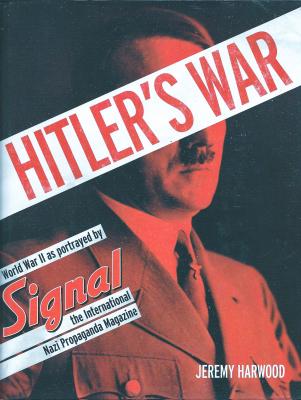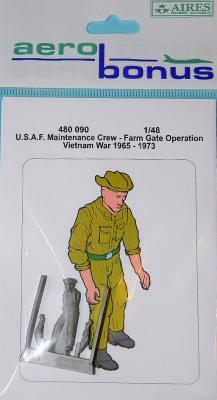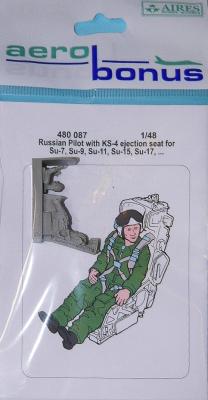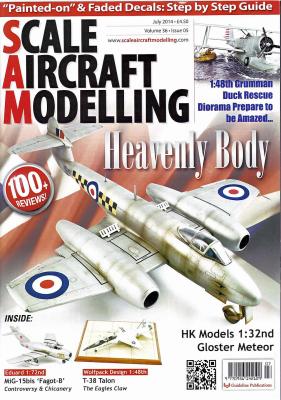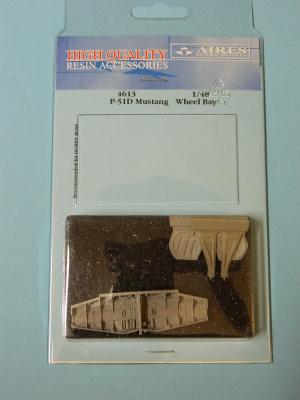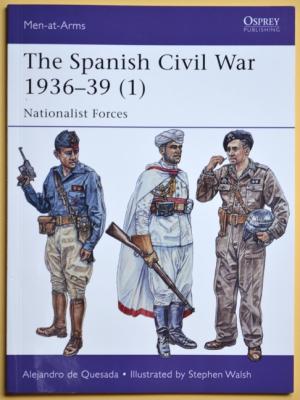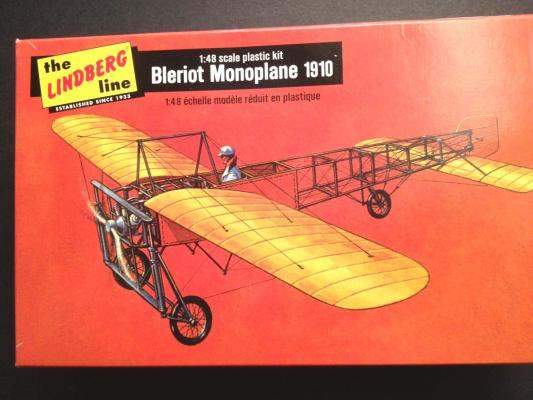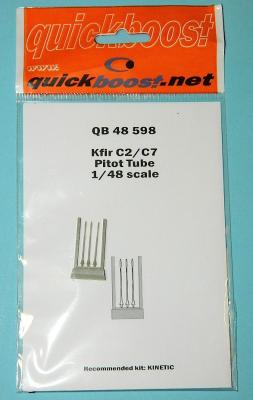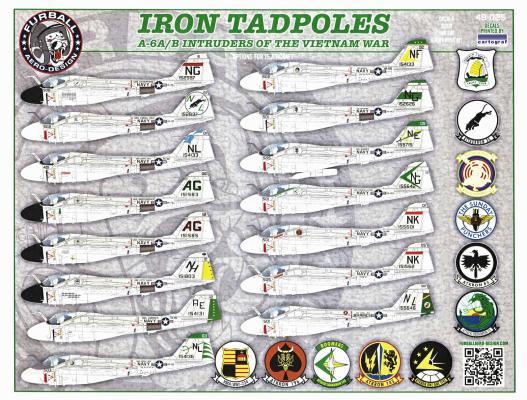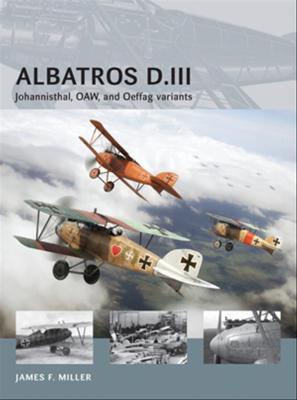Signal was a propaganda publication by the German Wehrmacht stylized after Life magazine and published from 1940–1945. It was aimed at those in occupied, neutral, and allied countries, but it was never sold in Germany itself. Published in almost 30 languages, it was even available in the USA until December 1941! The magazine was kept under the control of the army and thus was independent of the Nazi Propaganda Ministry. This did not prevent it from being a propaganda laden publication. While it chronicled the conditions faced in combat by Germany and her allies, it also had a strong political message advocating for a “united Europe” under the “New Order” and for supporting the fight against the communists—even highlighting those former enemy combatants that chose to fight for the Nazis!
What's New
To start, my thanks to Aires for providing IPMS/USA with this figure to review! One of six in this review series, each shows a passion and dedication Aires have to providing the finest resin products. We appreciate your support, with the usual nod to IPMS/USA leadership for allowing me to review these figures.
Produced under the Aerobonus branch of Aires, this particular figure is a USAF maintainer in Vietnam with equipment appropriate for the 1965–1973 time period. The casting has outstanding detail and fidelity, and it consists of three resin parts (main body, left and right arms). The figure is wearing the “campaign” hat with the edges folded up, a standard issue set of two-piece fatigues, and a holstered .45-caliber pistol and cartridge belt. He is in a standing position, bent over as if picking up, or about to pick up, something like a box. Also included with the figure are painting instructions in color!
To start, my thanks to Aires for providing IPMS/USA with this figure to review! One of six in this review series, each shows a passion and dedication Aires have to providing the finest resin products. We appreciate your support, with the usual nod to IPMS/USA leadership for allowing me to review these figures.
Produced under the Aerobonus branch of Aires, this 1/48 scale figure is a Russian pilot sitting in a KS-4 ejection seat. The pilot, consisting of a torso in the seat, two separate arms, and a separate head/helmet, can be assembled in many ways. As designed, the head is supposed to be looking left, the right arm and hand are positioned for a grip on the control column, and the left arm is where the throttle would be. Also included with each set are painting instructions in color!
Each issue of Scale Aircraft Modeling has been a basic design format but they changed it up with this issue. The change is that the "Scuttlebutt Lodge" and the "Marketplace" sections have been married together better to provide a more cohesive presentation of future, current and past releases, and give modelers more of the information they need to make informed decisions. There are usually two Feature Articles but in this issue there are four, an Aviation in Profile piece, and a series of Compact Build Reviews.
Thanks to Aires for providing IPMS USA this wheel well set to review… We appreciate your support, and thanks to IPMS USA leadership for allowing me to review this item.
OK, so does the Hobbyboss P-51D kit require a new wheel well? I’d say yes, due to the low cost and relative accuracy of the kit. In the photos you can see the side-by-side comparison, of which I say “There is no comparison”.
There will be modifications required on this kit even if you don’t have AMS.
The Aires item makes a difference! If you have the Hobbyboss kit, buy this upgrade! There is nothing else to say here…
Thanks again to Aires for providing this review package to IPMS USA!
Number 495 in Osprey’s Men-at-Arms series provides a concise, yet reasonably comprehensive description of the Spanish Civil War…explaining its causes, listing a chronology of events and describing those who fought on the side of the Nationalists. The Spanish Civil War 1936-1939 (1) Nationalist Forces delivers a lot of information about a significant event in the history of 20th Century warfare within its modest 48-pages.
Background
On July 25, 1909 Louis Bleriot assembled a tiny monoplane of his own design on a farm in Les Baraques, France. Weighing in at 500 lbs. and powered by a 25 HP Anzani three cylinder motorcycle engine, the airplane was the picture of utility. Still limping from a recent crash (one of many Bleriot had) he climbed into the monoplane after a short warm up flight and set out across the English Channel. 37 ½ minutes later flying at speeds up to 42 mph per hour at an altitude of 260 feet, Bleriot spotted the white cliffs of Dover and threaded his way through a gap in them to crash land on English soil. His goal in accomplishing this feat was not the prize money that totaled 20,000 dollars, but Bleriot wanted to sell airplanes and did he ever. As a result of the fame gained from the channel crossing, Bleriot would go on to build about 250 model XIs.
First: Thanks to Aires for providing IPMS USA this pitot tube to review! We appreciate your support, with the usual nod to IPMS USA leadership for allowing me to review this item.
A simple upgrade for the Kinetic KFIR; it is a direct replacement, complete with the forward part of the under-nose fairing tip. Superglue one of the three pitot tubes into place, paint it, and call it a day! This was literally a three-minute install.
I tested one of the spare pitot tubes for “twang” durability; I held the end in my hand, bent it back about ¼ inch, and it sprung back into shape. It will NOT bent back totally on itself; that results in a bent or broke tube. That said, unless you run the model off into a wall or stick it in your buddy, this should last a long time.
Furball Aero-Designs latest sheet is for the Hobbyboss 1/48 A-6A/B Intruders. This sheet has 15 different aircraft. The Intruders included are Vietnam era aircraft. Inside the package, there are 2 color back and front sheets with profiles for each of the 15 planes and includes color call outs and decal placement. A third full size sheet shows decal placement on the wing tops and the back shows a very detailed stores loading. A final single sized sheet shows stencil placement with color call outs also. You get two HUGE decal sheets with all the needed markings, numbers, wing walks and national insignia. There is also a very small sheet which has the wing markings for two aircraft. The decals are printed by Cartograf and from my previous experience with Cartograf and Furball, they are superb in application and opacity.
There are marking included for the following aircraft:
The Albatros, with its torpedo shaped fuselage is one of the more iconic German aircraft of WWI. Not without its shortcomings, it never the less gave the German air superiority mid-war and remained a mainstay of the German and Austrian air forces to the war’s end. To meet the demand for aircraft, production of the D.III was seconded out to three other companies: Johannisthal, OAW and Oeffag. This outsourcing allowed Albatros to focus on D.V production much like what happened with Grumman Corp. in World War Two – where General Motors took over production and development of the F4F-4 (FM1) and Grumman pursued the F6F Hellcat. Like in the case of the Wildcat and General Motors, Johnannistal, OAW and Oeffag continued to build and refine the D.III and turn it into a more effective and reliable aircraft. As a result the Albatros D.III never faded away when the Fokker D.VII entered service and soldiered on past the war’s end.

